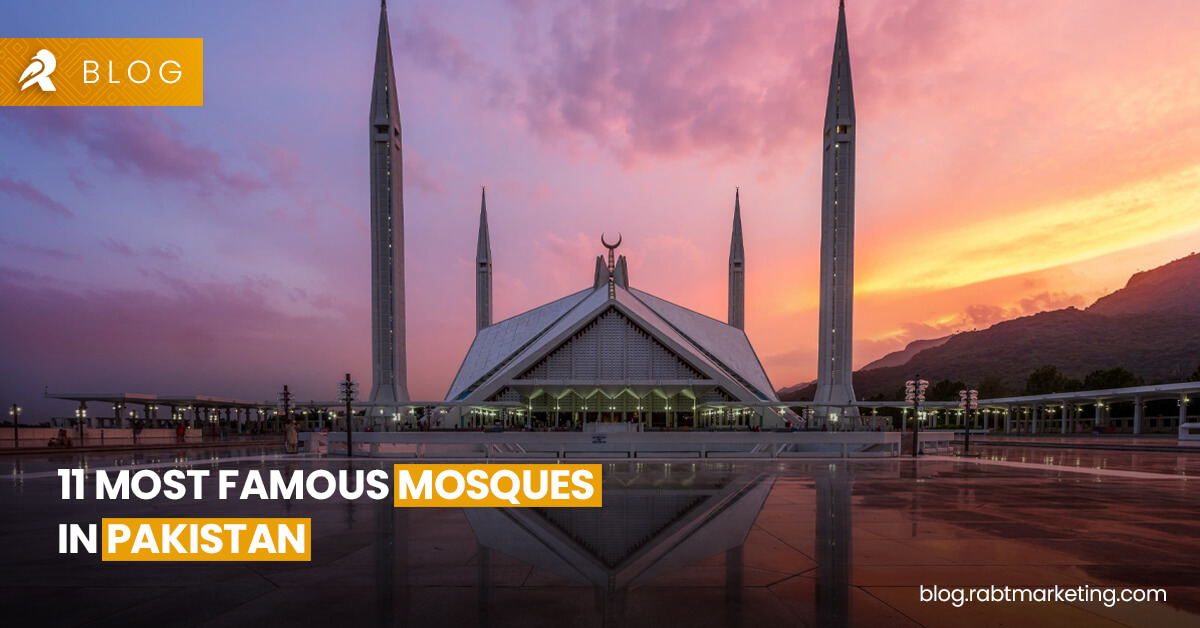Welcome to a world where architecture meets spirituality. Pakistan is a country filled with cultural treasures and stunning mosques that reflect its rich history and Islamic heritage.
These mosques serve as places of worship for Muslims and attract tourists from around the world with their stunning designs and historical significance. Let’s explore some famous mosques in Pakistan. These mosques have a fascinating history and reflect the country’s rich culture and faith.
Faisal Mosque, Islamabad
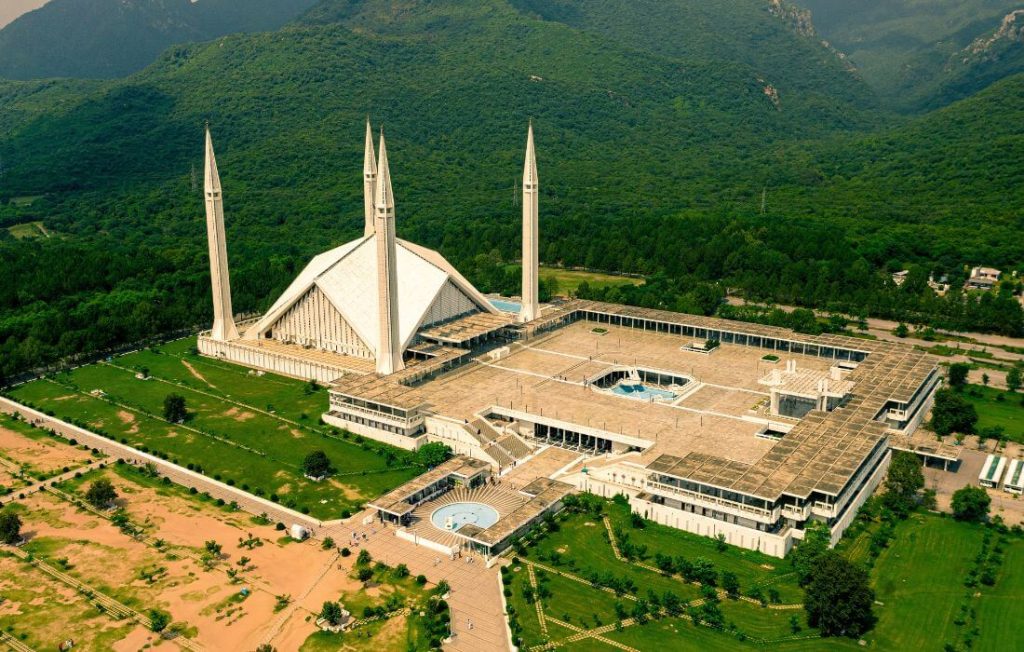
The Faisal Mosque, located in the capital city of Islamabad, is an iconic symbol of Pakistan’s rich Islamic heritage. Designed by Turkish architect Vedat Dalokay, this magnificent Mosque is renowned for its modernist architecture and impressive size. With its unique triangular structure and four minarets standing at 88 meters, the Faisal Mosque is one of Pakistan’s largest mosques.
The Mosque has a unique and modern design with eight concrete sides. The shape is inspired by Bedouin tents in the desert and the Kaaba in Mecca. Additionally, there are four special minarets that are influenced by Turkish architecture. The entire Mosque covers an area of 33 acres.
Badshahi Mosque, Lahore
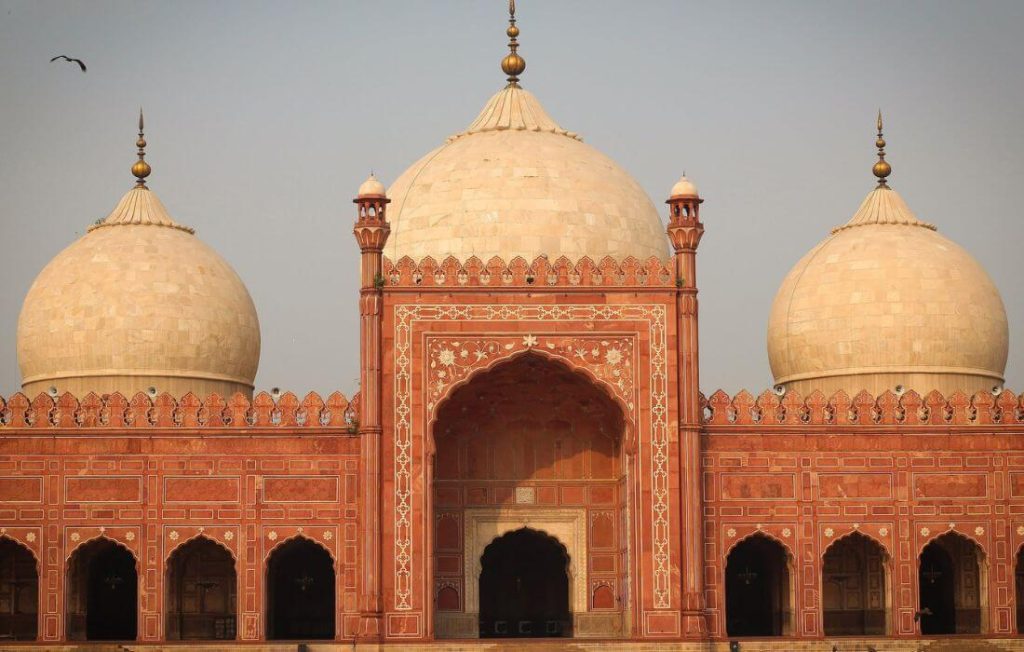
The Badshahi Mosque, situated in Lahore, is a beautiful example of Mughal architecture and showcases the magnificence of the Mughal Empire. The Mosque was constructed by Emperor Aurangzeb in 1673. It has beautiful designs made of marble, including patterns and writing. The walls also have paintings called frescoes. The Mosque has a big open area in the middle where more than 100,000 people can gather to pray.
The Mosque is situated in the Walled City of Lahore, Pakistan, directly across from the Alamgiri Gate of the Lahore Fort. The Hazuri Bagh is a garden that separates the Mosque and the fort. On the eastern side of the garden, you can find one of the thirteen gates of Lahore, called the Roshnai Gate. Adjacent to the Mosque is the Tomb of Muhammad Iqbal.
Grand Jamia Mosque, Lahore
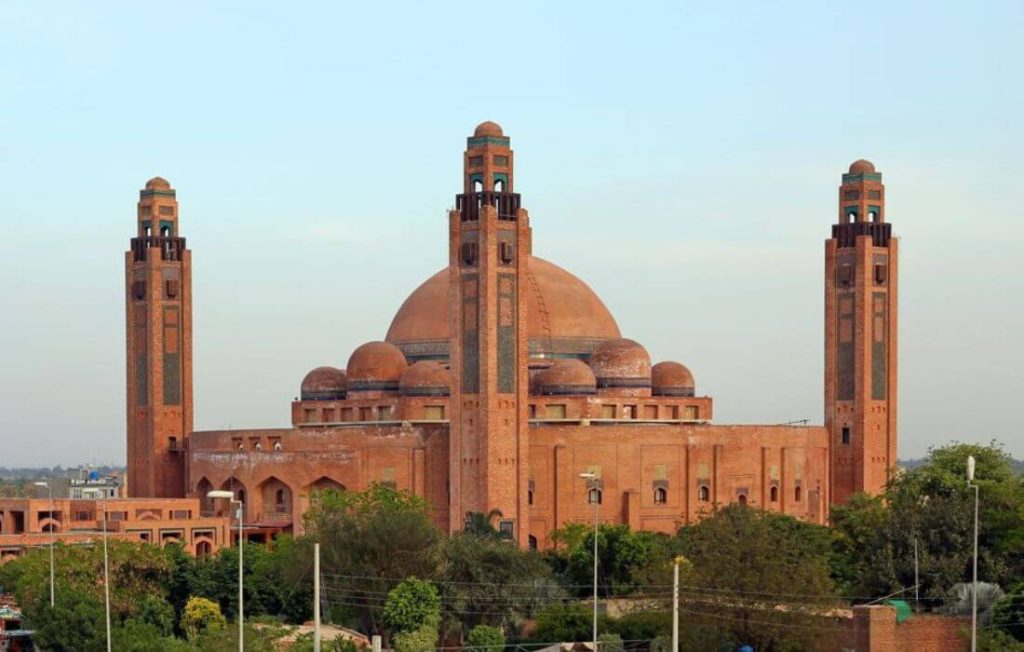
The Grand Jamia Mosque, located in Bahria Town Lahore, is a modern architectural marvel. Designed by Nayyar Ali Dada, this Mosque can accommodate over 70,000 worshippers. Its unique blend of contemporary and traditional Islamic architecture is a sight to behold, with its stunning dome, minarets, and intricate tilework.
The inside of the Mosque is incredibly beautiful, with stunning views. It has four tall towers called minarets and a large dome in the middle, surrounded by twenty smaller domes. The outside of the Mosque is covered in four million handmade tiles from Multan, which are only 2.5 inches in size. These unique tiles are made from a type of clay called Multani mitti. The Mosque also has separate areas for women to pray, a school, and a gallery to display Islamic art.
Moti Masjid, Lahore Fort
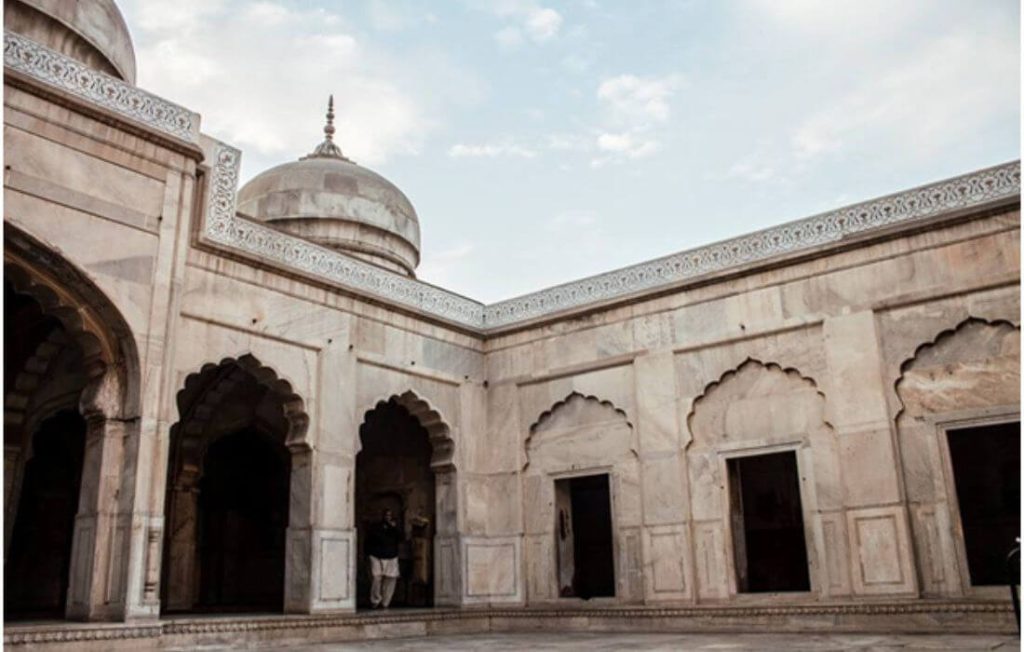
Moti Masjid, meaning “Pearl Mosque,” is a gem of Mughal architecture. Emperor Shah Jahan constructed this mosque in the 17th century. This Mosque reflects the elegance and beauty of the Mughal era. Its white marble façade, domes, and minarets make it a sight within the magnificent Lahore Fort complex.
This Mosque was given the name “Moti Masjid” or “Pearl Mosque” because it is small in size and has a white color that resembles pearls. It was constructed using white marble called “sang-e-marmar,” which was brought from Makrana, Rajasthan, India. Makrana is known for its high-quality white marble, which was also used to build the Taj Mahal.
Shah Jahan Mosque, Thatta
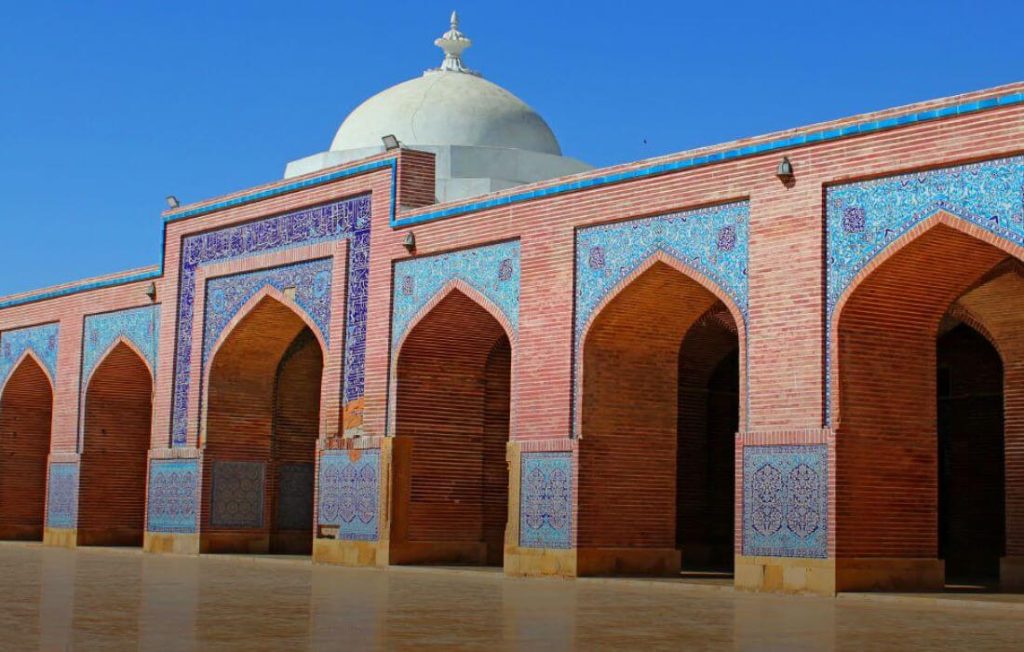
The Shah Jahan Mosque is an impressive building in Thatta, an old city in Sindh province. It was constructed around the 17th century when Emperor Shah Jahan ruled. The Mosque combines different architectural styles from Persia, Central Asia, and the Mughal Empire. It has beautiful tile designs, tall towers called minarets, and detailed stone pillars with carvings. These features show the incredible skill and artistry of that time.
The Mosque is well-known for its stunning design made of red bricks and blue glazed tiles, possibly brought from another town in Sindh called Hala. It has 100 domes, making it the largest Mosque in the world with such a high number of crowns. When it was built, special attention was given to the acoustics so that if someone spoke inside one end of the dome, their voice could be heard at the other end.
Mohabbat Khan Mosque, Peshawar
The Mohabbat Khan Mosque, located in the old city of Peshawar, is a significant symbol of the area’s diverse culture. It was constructed in the 17th century under the rule of Mughal Emperor Shah Jahan. The Mosque features exquisite artwork, floral designs, and intricate writing. Its attractive arches and decorative elements make it a must-see for people who appreciate architecture.
The Mosque is an impressive example of Mughal architecture. It has a narrow but huge entrance leads to a spacious courtyard for prayers. In the middle of the courtyard is a beautiful blue-tiled pool for washing before prayer. On both sides of the pool are rows of rooms, and towards the western side is a grand prayer hall. The prayer hall is richly adorned with floral designs and fancy writing. Three curved domes cover the top of the Mosque, while two tall towers stand on each side of the main hall.
Wazir Khan Mosque, Lahore
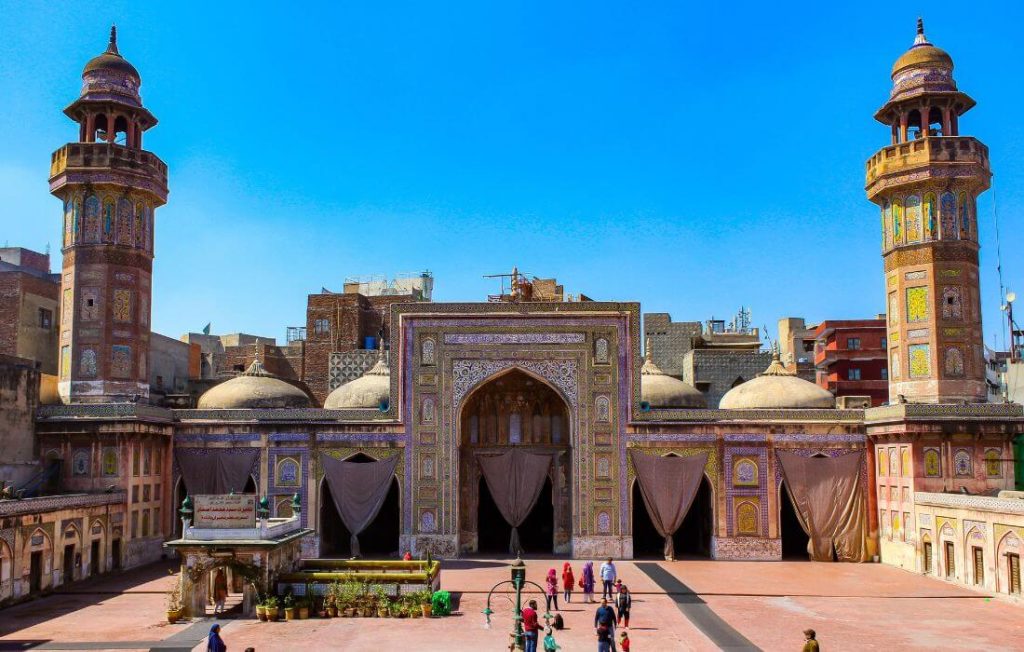
The Wazir Khan Mosque is in the heart of Lahore’s Old City. The Mosque is beautifully decorated from the 17th century during the Mughal era. It was an important place of worship in the old city. The Mosque has intricate Islamic designs and architecture that remind you of the time when Muslims ruled the subcontinent. The walls are decorated with detailed patterns, mosaic designs, fresco paintings, engraved stones, and brick outlines that make the Mosque unique.
It has four tall minarets at the corners of a large courtyard, which make it look grand and magnificent. The Mosque’s design follows the typical style of the Mughal era, with bricks and tiles on the walls. The entrance to the Mosque is through a big hall called Aiwan, facing the Wazir Khan Chowk. Above the Aiwan, you can see the Islamic Declaration of Faith written.
Masjid-e-Tooba, Karachi
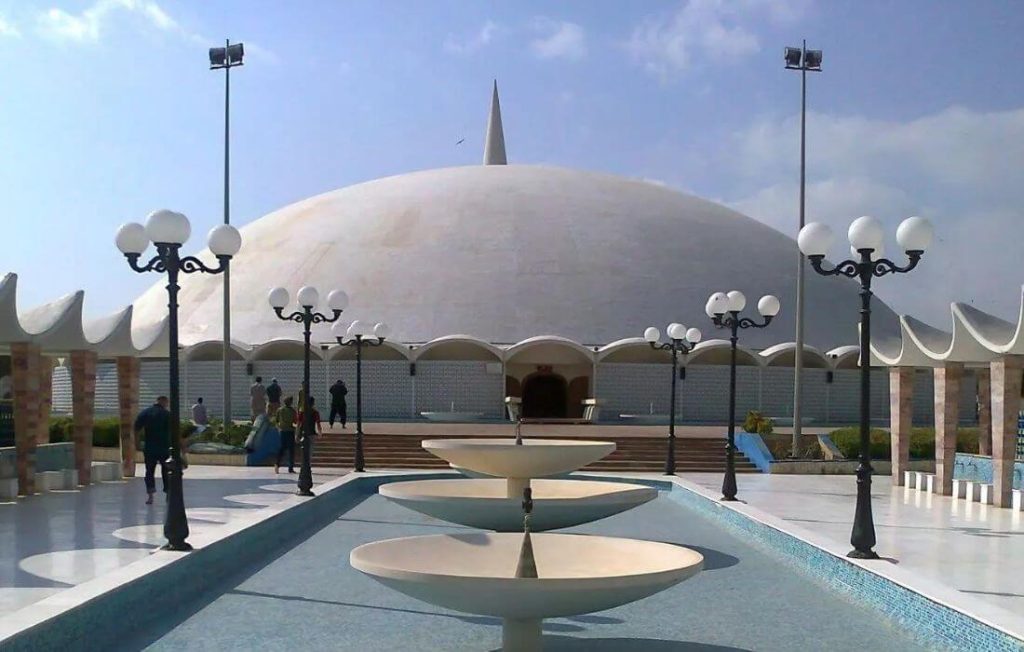
Tooba Mosque, also known as the “Gol Masjid,” is a beautiful mosque located in DHA, Karachi. It was built in 1969 and designed by Dr. Babar Hamid Chauhan, a Pakistani architect. This Mosque has a unique and impressive architectural design, and it is one of the largest mosques in the world with a single dome. People visit the Mosque to find peace and tranquility.
The construction of the Mosque began in 1966 and took three years to complete. The local community of Karachi played a significant role in its construction, contributing both financially and physically. Many skilled craftsmen and laborers were involved in this major project.
The construction of the dome alone required more than 70,000 hours of labor. When the Mosque was finished in 1969, it was named Masjid-e-Tooba, which means “the mosque of goodness and benevolence.”
Bong Mosque, Rahim Yar Khan
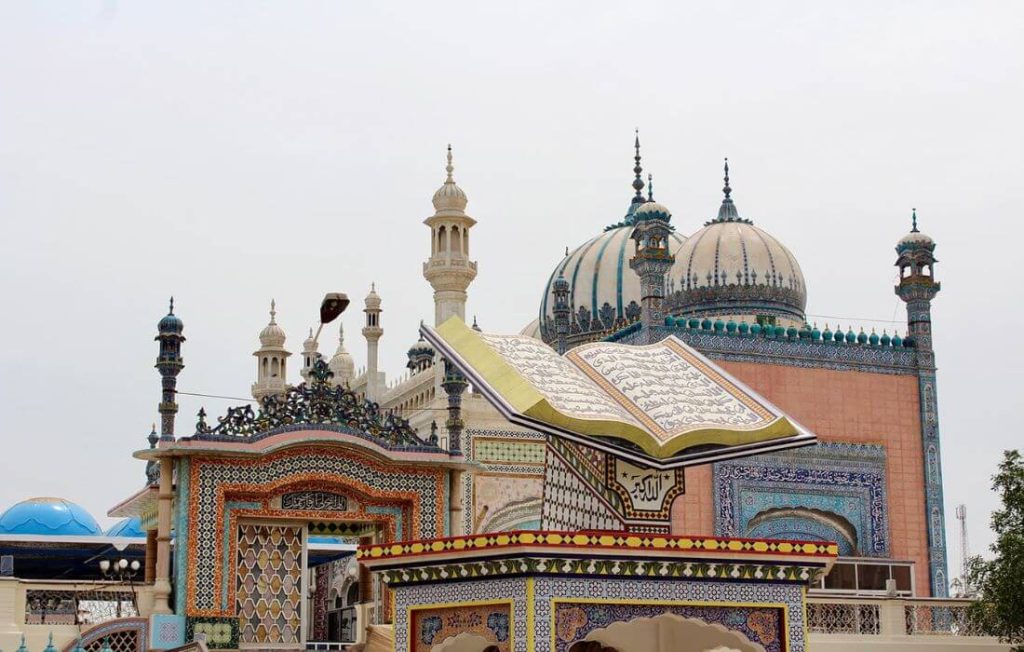
The Bhong Mosque was built in 1932 by Sardar Rais Ghazi Mohammad, a well-known person in society and politics who owned a large piece of land. The Mosque is located in the village of Bhong, in the Sadiqabad Tehsil of Rahim-Yar Khan District.
Sardar Rais invited skilled workers, artists, and writers from Lahore, Iran, Spain, and Turkey to make the Mosque timeless. Initially, the Mosque was a complex with a small mosque, but it was later transformed into a prayer hall and a library for women. It also included a school and dormitories for students and visitors.
Also, Checkout our blog: Top 13 Best Interior Designing Companies in Pakistan
Eid Gah Mosque, Multan
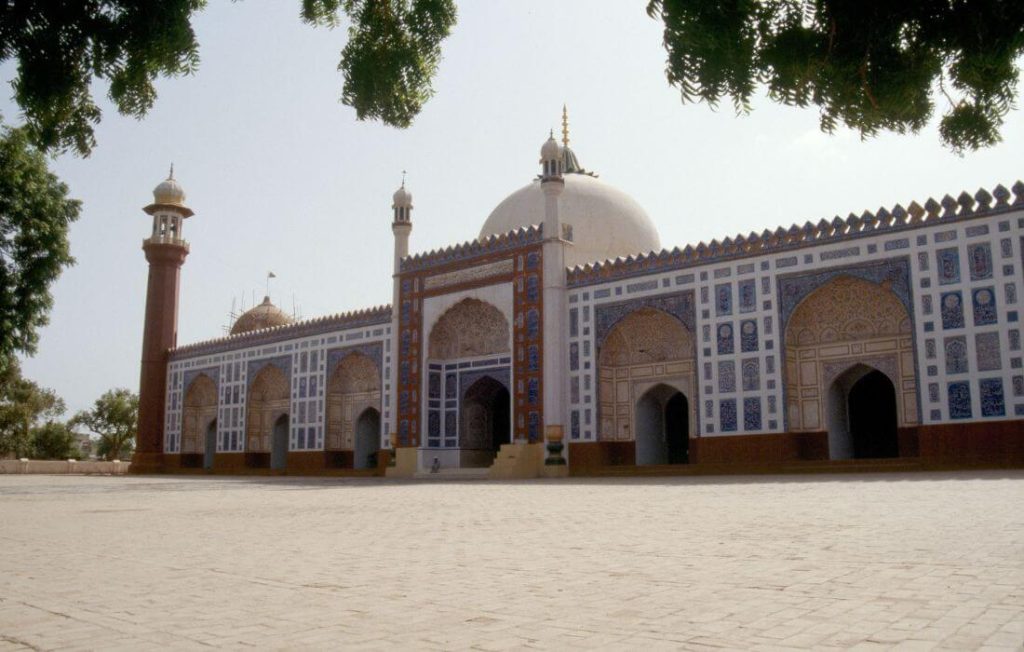
The Shahi Eidgah Mosque (Masjid) is located on the Multan and Lahore Highway in the northeastern part of Multan City, Pakistan. It is a large and impressive mosque in Multan that was constructed in 1735 AD by Governor Nawab Abdul Samad Khan.
The Mosque provides a spacious area for prayer, measuring approximately 250 feet by 54 feet. The floors of the Mosque are decorated with beautiful blue tiles and intricate architectural designs. Many people come to pray at the Mosque five times a day, and it is especially crowded on Fridays.
Sunehri Mosque, Lahore
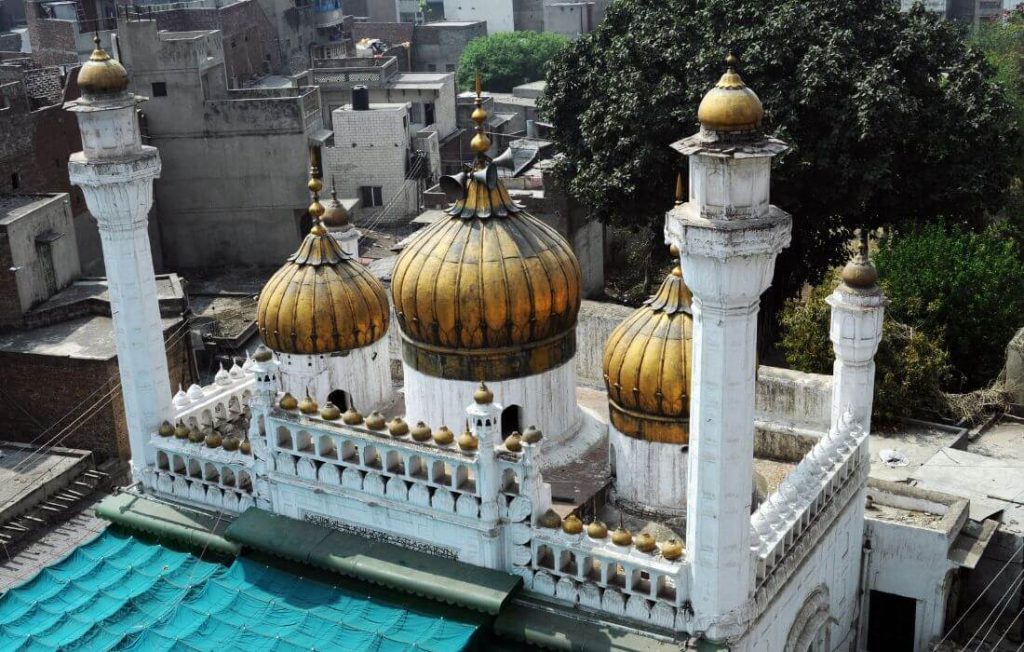
The Sunehri Mosque, also known as the “Golden Mosque,” is a captivating architectural marvel located in the walled city of Lahore. Built in 1753 during the reign of Emperor Muhammad Shah, this Mosque is renowned for its gilded domes and intricate frescoes. Its golden exterior gives the Mosque a radiant and awe-inspiring appearance, making it a favorite among locals and tourists.
Conclusion
Pakistan’s well-known mosques are sacred places and impressive architectural marvels that display the country’s cultural legacy. These magnificent buildings, such as the famous Faisal Mosque and the historic Badshahi Mosque, attract visitors with beauty and detailed designs. Visiting these mosques offers an opportunity to experience the combination of art, history, and spirituality, making them essential destinations for those who want to learn more about Pakistan’s diverse customs.

